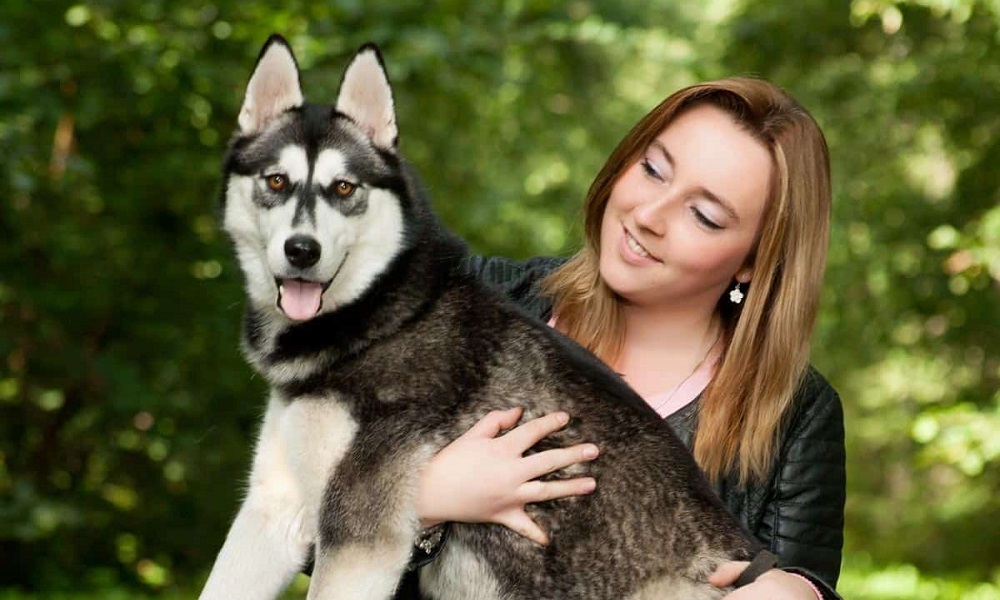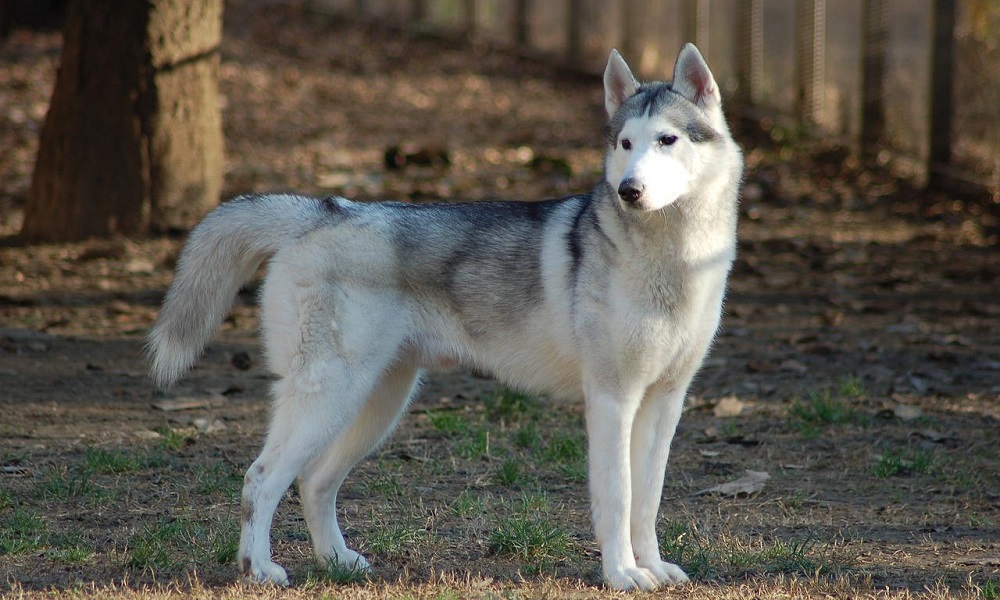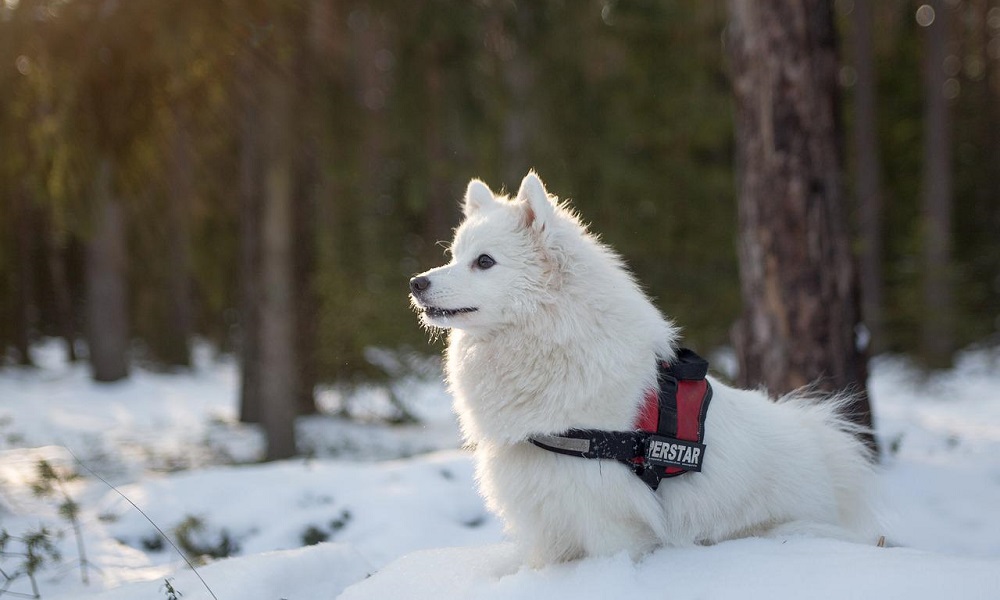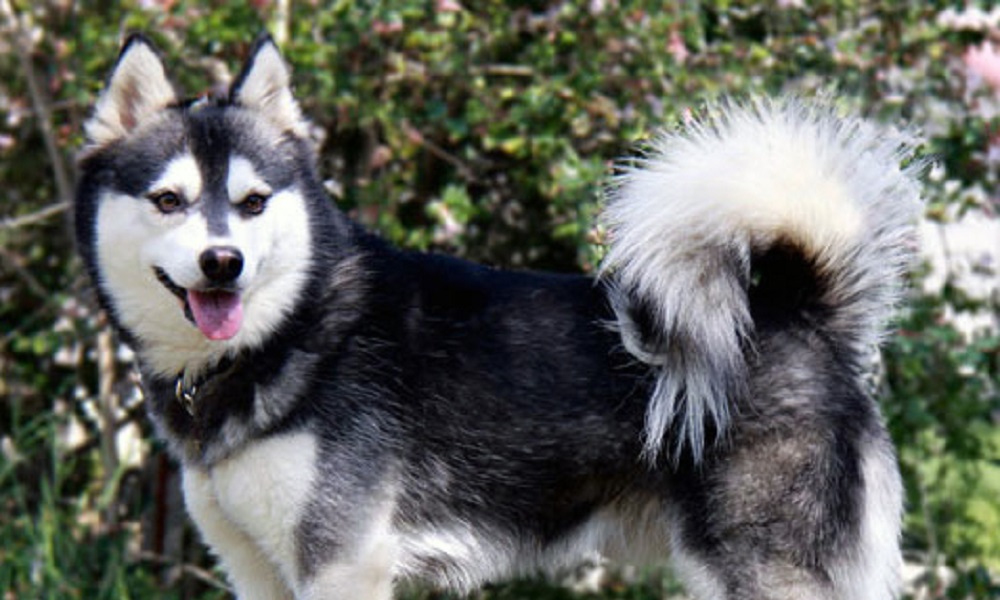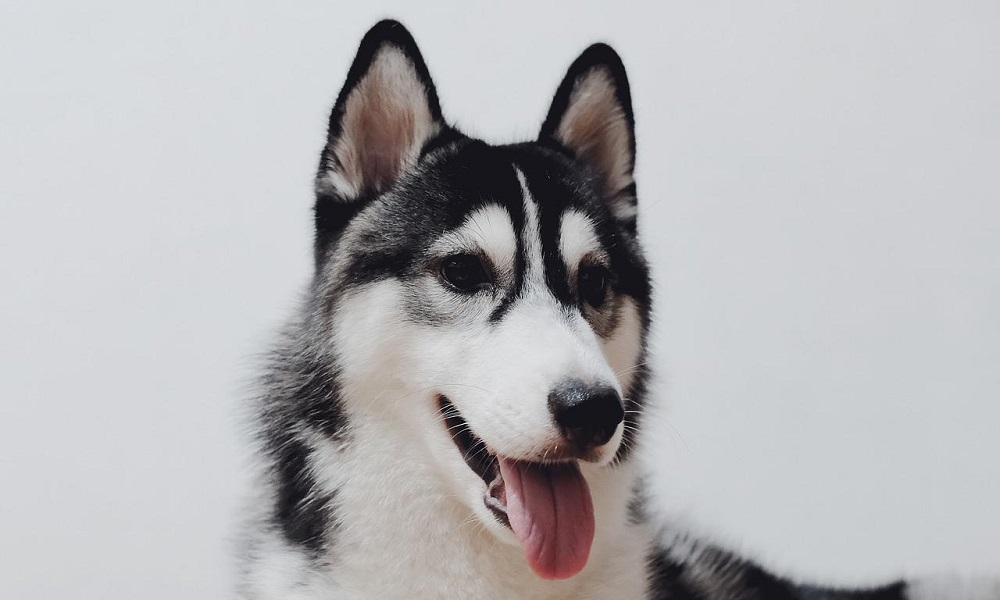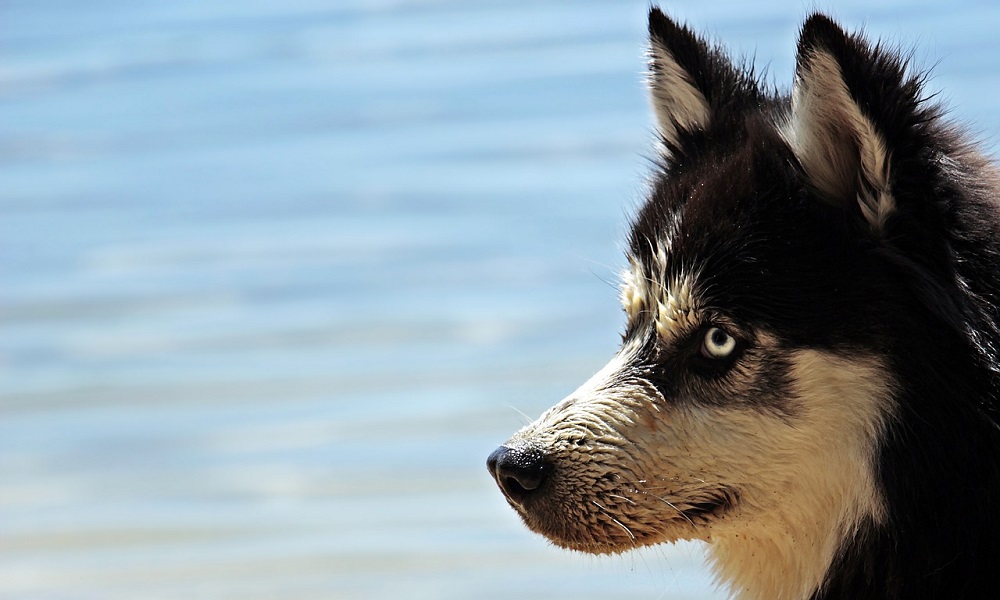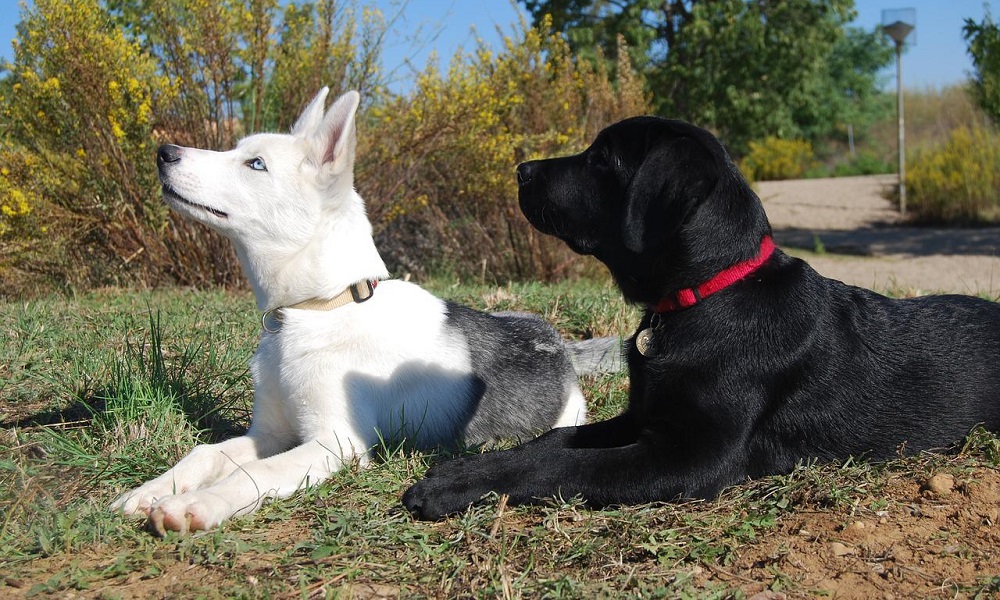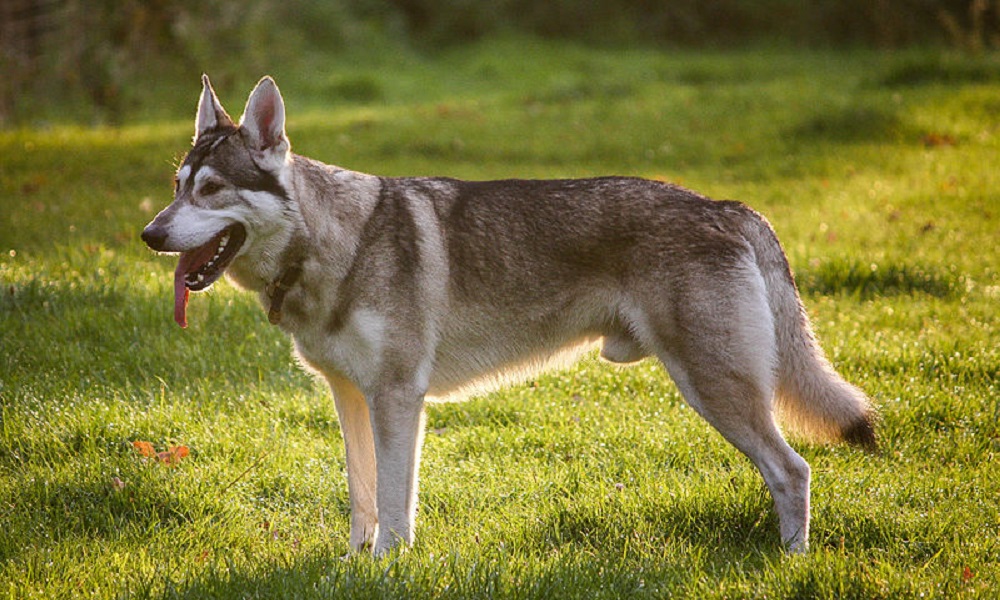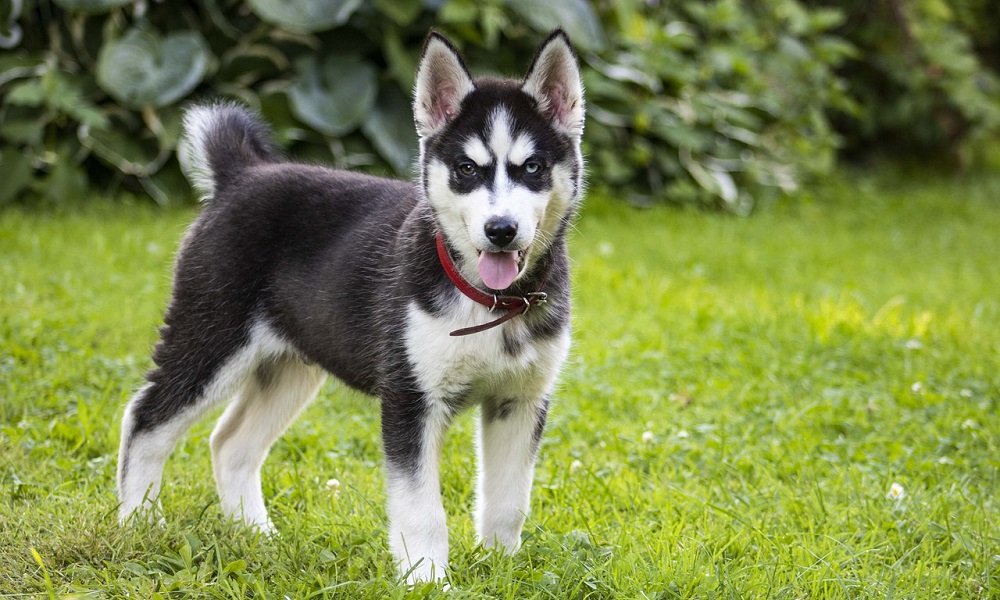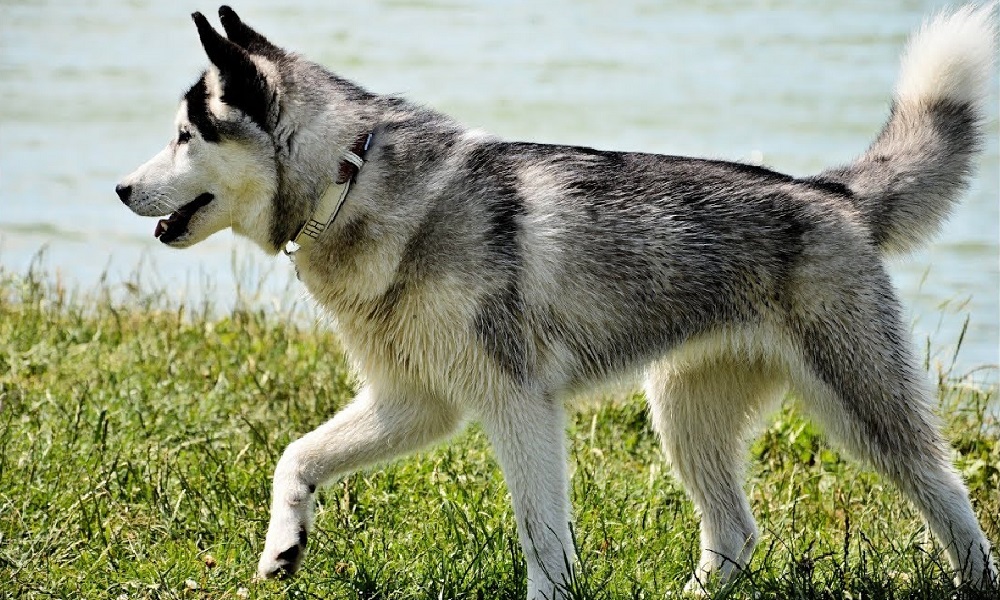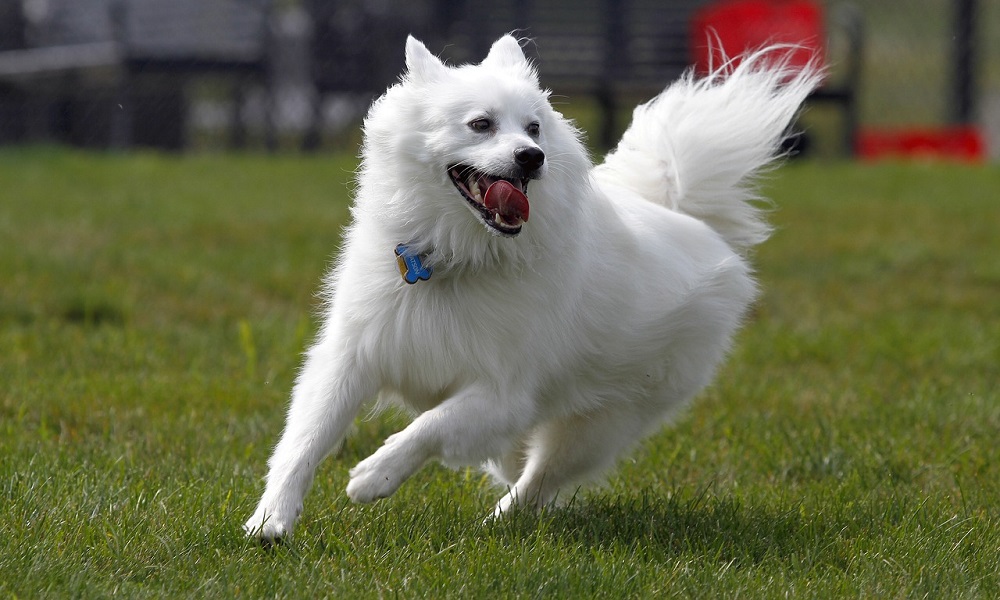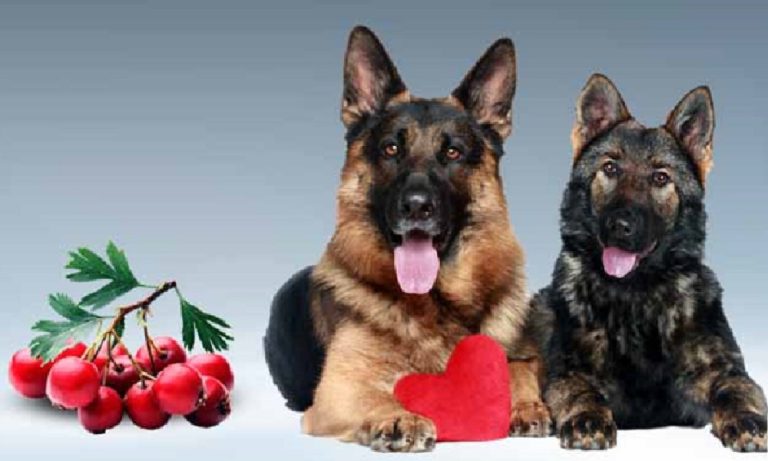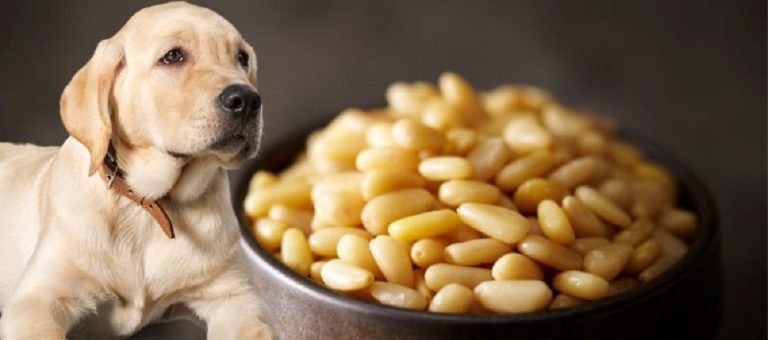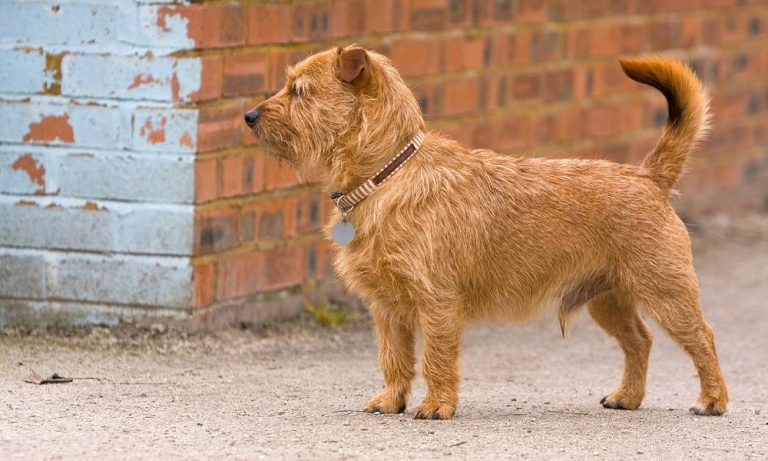10 Types Of Husky Dog Breeds: Facts and Traits
Husky dogs are also said to be of the Spitz-type family. Were generally bred to be sled dogs, as in dogs who pull along sleds in harsh and cold climates in a quick and precise manner.
These dogs are generally bred to be highly agile, calm-tempered, and down-to-earth personality that mainly focuses on completing a given task at a time.
These dogs may generally be best suited for colder climates rather than warmer ones, therefore one may well have to make sure to only get a Husky dog breed.
If they have more than adequate weather conditions around their home, or have a proper conditioning system otherwise. Top types of Husky dog breeds that may just be the perfect pet dog for you.
Top 10 Types of Husky Dog Breeds
If you are curious or simply want to get a husky dog breed for yourself, then this list might just be the most suitable one for you. However, one will have to be prepared for taking care of a husky dog breed:
1. Siberian Husky
Breed Overview:
- Group: Working
- Height: 20-23.5 inches
- Weight: 35-60 pounds
- Coat and Color: Double coat that is medium in length and weatherproof. Colors are mainly: Agouti & White, Black, White, etc
- Life Span: 12-14 years
- Origin: Siberia
The first and most seen husky dog breed, the Siberian Husky is one of the best types of husky dog breeds. These dogs are generally well-conditioned to handle harsh atmospheres in a precise way and are generally affectionate.
These dogs, however, will not be good guard dogs nor will train them to be an easy task. These dogs however are highly clean and you often will see them being rather regal in terms of trying to get themselves dirty.
2. Samoyed
Breed Overview:
- Group: Working
- Height: 19-23.5 inches
- Weight: 35-65 pounds
- Coat and Color: Smooth, long double coat. Colors generally are Cream, White, Biscuit or White & Biscuit
- Life Span: 12-14 years
- Origin: Russia, Siberia
Despite not exactly being a husky dog breed in the purest form, these dogs do belong to the spitz family and are so similar to Huskies in appearance and behavior that these dogs have earned their way into being a type of husky dog breed despite not being one in most senses.
These dogs are highly affectionate and will most often desire love from their owners. The best part about these dogs is that they can either be good pet dogs or a hard worker depending on the situation.
They will need constant mental stimulation such as exercises to keep them from becoming highly destructive.
3. Alaskan Klee Kai (Standard)
Breed Overview:
- Group: Companion
- Height: 15-17.5 inches
- Weight: 16-25 pounds
- Coat and Color: Medium-length double coat. Colors are Black & White, Red & White, or Gray & White
- Life Span: 13-16 years
- Origin: Alaska
Bred to be a happy companion dog, the Alaskan Klee Kai comes in three types: Miniature, Toy, and Standard. These dogs are normally very lean and highly agile companion dogs who are well suited for even dog sports.
Unlike other husky-type dog breeds, the Klee Kai generally won’t require high amounts of exercise to keep them busy as these dogs are moderately able to keep themselves engaged.
However, they still will need a companion too to keep them happy.
4. Alaskan Malamute
Breed Overview:
- Group: Working
- Height: 23-25 inches
- Weight: 75-85 pounds
- Coat and Color: Double coat that is medium in size. Colors include Seal & White, White, Gray & White, etc.
- Life Span: 10-14 years
- Origin: Alaska
Another popular husky-type dog breed, the Alaskan Malamute is one of the most physically capable dog breeds who are able to pull off sleds in the harshest of winters without tiring for even a minute.
These dogs, while friendly, can have a slightly negative temperament for strangers and won’t react so well with other dogs of the same gender or breed.
Besides this, these dogs are highly arrogant and will need a dominant owner to properly train them as they are highly intelligent and won’t listen to a weak owner at all.
5. Alaskan Husky
Breed Overview:
- Group: Working
- Height: 23-26 inches
- Weight: 38-50 pounds or more
- Coat and Color: Short-medium length coat. Color may range from White-Black or other colors.
- Life Span: 10-15 years
- Origin: Alaska
While not technically a different dog breed, the Alaskan Huskies are more or less mixed dog breeds consisting of a little of the Alaskan Malamute, Siberian Husky, and other spitz-type dog breeds.
The Alaskan husky is a highly competent dog who can easily act as both a working dog or a companion dog depending on the needs of an owner.
The temperament of these dogs may differ severely based on their genetics, however, it should be noted that these dogs will remain high-energy dog breeds.
It is important to make sure that these dogs get the proper exercise they need as the selective combination of other active dog breeds mixes in this hybrid may just make them hyperactive in some cases.
6. Labrador Husky
Breed Overview:
- Group: Working
- Height: 20-26 inches
- Weight: 60-90 pounds
- Coat and Color: Medium-length double coat that is dense and wavy. Colors may include Black, Brown, Pied, etc.
- Life Span: 10-14 years
- Origin: Coast of Labrador, Canada
Despite the name, these dogs are not mixed breeds of Labrador retriever dogs nor Huskies. Rather, these dogs are actually different spitz-type breeds bred mainly in Canada.
These dogs due to being workers, are naturally intelligent and will follow a command with high accuracy.
One should note that these dogs will shed vigorously and therefore, will need constant grooming and maintenance to keep their fur in a tiptop shape, or else, one will have to keep cleaning up their house constantly.
7. Utonagan Dog
Breed Overview:
- Group: Non-Sporting
- Height: 23-30 inches
- Weight: 55-110 pounds
- Coat and Color: Slightly long thick double coat. Colors may be White, Gray, or Black along with a combination of these colors.
- Life Span: 12-15 years
- Origin: United Kingdom, England
These dogs, despite their size and overall muscular build, are by no means dangerous or even grumpy at all. On the contrary, these dog breeds are some of the most gentle, yet hardworking dogs.
Exceptionally recognizable due to its wolf-like features, the Utonagan is highly agile and efficient at its work.
These dogs are essentially a mixed breed of German Shepherd, Alaskan Malamute, and the Siberian Husky, which makes this dog even more physically impressive since all the listed dogs are working and capable dog breeds.
8. Miniature Husky
Breed Overview:
- Group: Working
- Height: 14-17 inches
- Weight: 25-35 pounds
- Coat and Color: Medium-sized double coat. The normal color range includes Black, White, etc.
- Life Span: 12-14 years
- Origin: United States
Essentially smaller cousins to the Siberian Husky, the miniature husky is one of its kind, being small yet just as physically capable and agile as the normal Siberian husky.
These dogs, however, are not aggressive and won’t be wary of strangers therefore, it would be a bad idea to try to make them guard a precious possession.
On the other hand, these dogs are affectionate, but great at escaping, which will also require an owner to be observant and keen to make sure there are no routes for a miniature husky to escape.
9. Northern Inuit Dog
Breed Overview:
- Group: Working
- Height: 23-32 inches
- Weight: 55-110 pounds
- Coat and Color: Short Double coat that is weatherproof. Colors may include White, Sable, Gray, etc.
- Life Span: 12-15 years
- Origin: United Kingdom
A hybrid dog generally consisting of the Siberian Husky, German Shepherd, and the Malamute along with many other spitz-type dog breeds, the Northern Inuit Dog is a highly capable worker.
These dogs are highly intelligent and exceedingly loyal to their owners. They however are difficult to train due to being extremely stubborn, something that may require a more strict owner in such cases.
These dogs may require something around 90 minutes of exercise along with being close to their owners as they can suffer from separation anxiety from staying away from their owners for long periods-of-time.
10. American Eskimo Dog (Standard)
Breed Overview:
- Group: Non-Sporting
- Height: 15-19 inches
- Weight: 25-35 pounds
- Coat and Color: Medium-length double coat. Colors are White & Biscuit or simply White
- Life Span: 13-15 years
- Origin: Germany
White as snow and with a personality as shining as its color, the American Eskimo dog is one of the most affectionate husky-type dog breeds so far.
These dogs can be the perfect family dog and companion dog if one desires emotional support in times of extreme distress.
On the other hand, these dogs can also be great at small tasks or athletic activities when required. The American Eskimo Dog comes in three types: Standard, Miniature, and Toy.
What Should I Know Before Getting a Husky?
Huskies are one of the most popular breeds of dogs, and it’s easy to see why. They’re beautiful, friendly, and intelligent. But before you get a husky, there are a few things you should know.
- Huskies need a lot of exercises. If you live in an apartment or don’t have a lot of time for walks, a husky is probably not the right dog for you. Huskies are working dogs and need to be active. A daily walk is a must, and they also love to play fetch and go for runs. If you can’t give them the exercise they need, they may become destructive or even aggressive.
- Huskies are escape artists. Huskies are notorious for escaping from yards and running off if they get loose. They’re clever enough to figure out most fences and gates, so it’s important to make sure your yard is secure if you have one of these dogs. It’s also important to keep them on a leash when walking them in public areas so they don’t take off after something that catches their eye (like another dog or a squirrel).
- Huskies like to howl…a lot! Huskies are known for their signature howl, which they use as a way to communicate with other members of their pack (which includes you!). While it can be cute at first, the howling can become annoying after awhile – especially if your neighbors aren’t too thrilled about it either!
If you want a husky but don’t think you can handle the howling, there are things you can do to help lessen it (like playing music or providing chew toys). But just be aware that it may always be part of your dog’s repertoire.
Is Owning a Husky Difficult?
Owning a Husky can be difficult, but it is also rewarding. They are high-energy dogs that require a lot of exercise and stimulation.
If you do not provide enough for them, they can become destructive. They also have a strong prey drive, so you need to be careful around small animals.
Huskies are also very independent and stubborn, so training can be challenging. If you are prepared to put in the time and effort, owning a Husky can be an incredibly rewarding experience.
What Should You Not Do With a Husky?
Huskies are bred as working dogs and have a high level of energy, so they require a lot of exercises. If you’re looking for a low-key dog to lounge around the house with, a Husky is not the right breed for you.
They also require firm training and socialization from an early age, or else they can become destructive.
Other things to keep in mind with Huskies are that they’re escape artists (they’ll jump fences and dig holes), so they need to be kept in a secure area.
They also like to howl, so if you live in close quarters with your neighbors, this may not be the ideal breed for you.
A Simple Husky Guide
Huskies are one of the most popular dog breeds and for good reason. They’re beautiful, intelligent, and make great companions.
They are a type of dog that is known for their thick fur coats, which keep them warm in cold climates. They are also known for being very friendly and good with children.
If you’re thinking about getting a husky, there are a few things you should know before making your decision. Huskies are high energy dogs that need a lot of exercise.
If you don’t have the time to take them on long walks or runs every day, they may not be the right breed for you. They can also be quite stubborn, so if you’re looking for a dog that will always obey your commands, huskies may not be the best choice.
If you’re willing to put in the time and effort to train them properly, they can make great pets. Another thing to consider is that huskies tend to howl rather than bark.
This can be annoying for some people, but it’s just something to keep in mind before getting one of these dogs.
Huskies make great pets for active families who are willing to put in the time to train them properly. If you think this breed might be right for you, be sure to do your research before making your final decision.
A Gentle Reminder About Husky Dog Breeds
If you’re thinking about getting a husky, here are some things to keep in mind.
First, huskies need a lot of exercises. They’re bred to run long distances, so if you don’t have the time or energy to take them on long walks or runs several times a week, they’re not the right breed for you.
Second, huskies are very social animals and do best in homes where there’s always someone around. If you work long hours or travel often, again, a husky is probably not the right breed for you.
Third, huskies are escape artists. They’re famous for their ability to jump fences and dig under them, so if you don’t have a securely fenced yard (or live in an apartment), a husky is probably not the right breed for you.
Fourth, huskies shed…a lot! If you’re not okay with dog hair everywhere, then again, a husky is probably not the right breed for you.
Conclusion
Spitz type dog breeds or types of Husky dog breeds may not exactly be what you are looking for if all you intend to do is get a guard dog.
Can be great if you are desiring a worthwhile companion who will both get rid of your potential depression and loneliness.
That is with also ensuring that your life is made easier in the snowy confines of places such as Siberia or other such environments.
As usual, you may have to ensure that you get these dogs from a good breeder, have the essential cooling conditioning inside your homes to make sure your husky-type dog breed is kept cool on an average and in good condition to boot.
